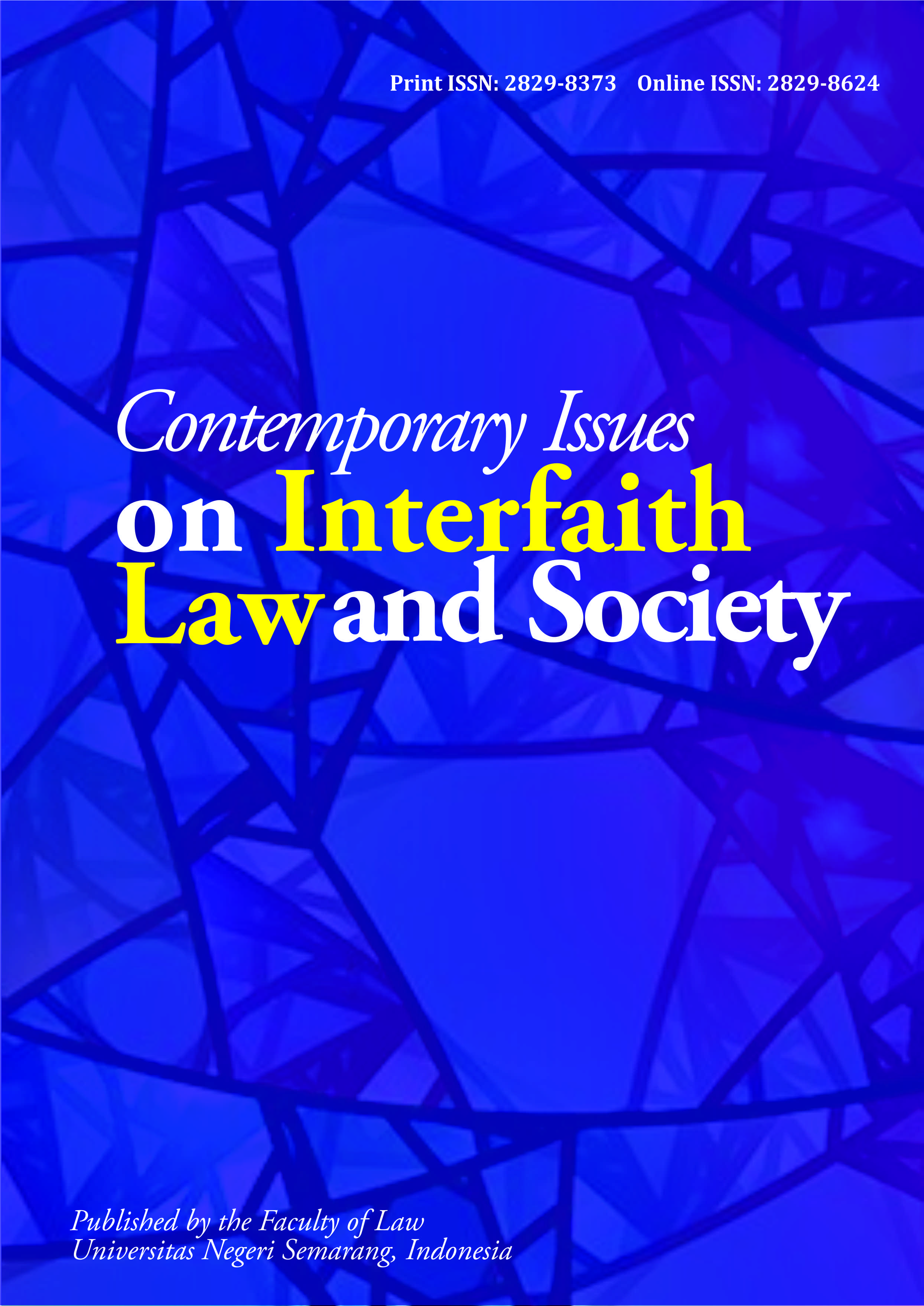Beneath The Same Sky, Different Faiths: Why is Interfaith Marriage Prohibited in Islam?
Main Article Content
Abstract
Interfaith marriage remains a contentious issue in many legal and religious traditions, particularly in Islam, where it is explicitly regulated. This study explores the theological, legal, and sociocultural reasons behind the prohibition of interfaith marriage in Islam, with a focus on its implications for Muslim communities. Islamic law, derived from the Quran, Hadith, and scholarly interpretations, generally prohibits Muslim women from marrying non-Muslim men, while permitting Muslim men to marry women from the People of the Book (Christians and Jews) under specific conditions. This distinction is rooted in concerns about religious continuity, family structure, and the spiritual well-being of future generations. From a legal perspective, many Muslim-majority countries incorporate these religious principles into their national laws, restricting or entirely prohibiting interfaith unions. The justification for this prohibition is often linked to the preservation of Islamic values and the potential conflicts arising from differing religious obligations within a marriage. Sociologically, interfaith marriages can lead to identity struggles, legal uncertainties, and challenges in raising children with a unified religious identity. However, critics argue that such prohibitions may conflict with contemporary human rights principles, including freedom of marriage and religious choice. By examining Islamic jurisprudence alongside modern legal and social perspectives, this study seeks to provide a nuanced understanding of why interfaith marriage is restricted in Islam and how these regulations impact Muslim communities globally. It also explores the evolving discourse on this issue, particularly in pluralistic societies, where legal frameworks and personal freedoms increasingly challenge traditional religious interpretations.
